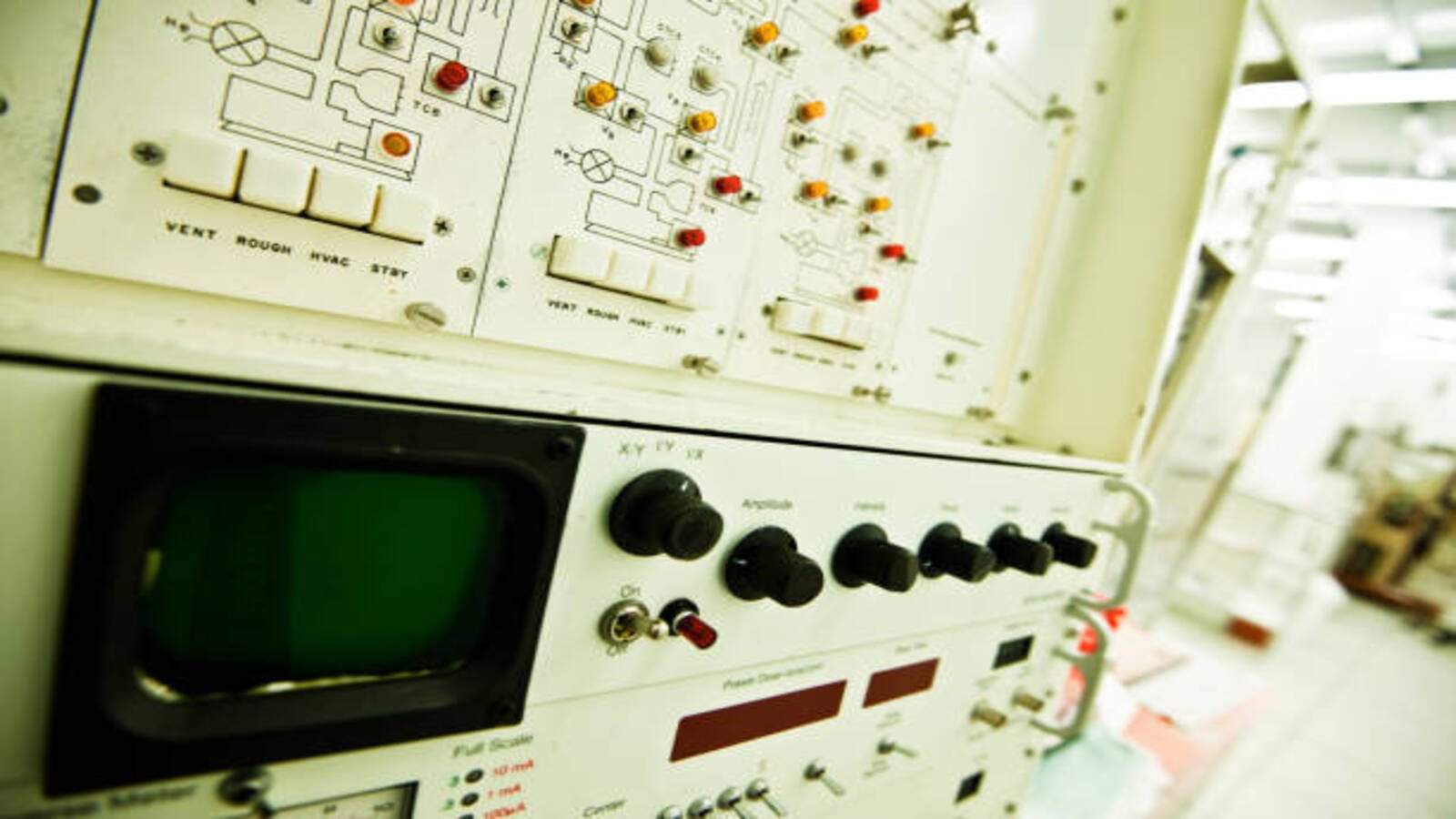Reducing Manufacturing Costs in Switchgear Part Production with Efficient Machining
In the manufacturing industry, cost reduction is a major concern for any organization. Switchgear part production often consists of complex machined parts and components that require specialized equipment and processes. This article will explore ten strategies for reducing manufacturing costs in switchgear part production through the use of efficient machining techniques.
1. Adopt Lean Manufacturing Techniques
Lean manufacturing is a technique that emphasizes the elimination of waste in the production process. By reducing wastes such as overproduction, waiting time, and unnecessary inventory, a company can significantly reduce its manufacturing costs. Adopting lean manufacturing techniques can save companies money, improve process efficiency, and reduce the overall lead time for production.
2. Automate Processes to Increase Efficiency
Automation involves using technology to perform various manufacturing tasks, such as assembly, inspection, and production. Automation increases efficiency by reducing the time required to produce a component or part and decreases labor costs as machines can work continuously without the need for breaks or overtime pay. By automating processes, companies can reduce the risk of human error, improve production speed, and increase quality control.
3. Optimize Manufacturing Processes to Increase Productivity
Companies can optimize their manufacturing processes to increase productivity and reduce costs. By optimizing machining techniques, manufacturers can reduce the amount of time and resources required to produce individual parts, thereby lowering the overall cost. Such optimization includes utilizing specialized tooling, fixtures and processes, that can streamline the overall process, reduce scrap rates, and avoid costly mistakes.
4. Use Computer-Aided Design (CAD) and Computer-Aided Manufacturing (CAM) Technology
CAD technology enables the creation of digital models of components or parts. These models can then be used in conjunction with CAM to program machines to produce those components. CAD/CAM technology can automate the manufacturing process, reduce human error, improve quality control, and increase precision and accuracy. It can significantly reduce lead times and save on material costs, making the production process more efficient and reducing costs.
5. Adopt Advanced Machining Techniques
Advanced machining techniques, such as high-speed machining, high-efficiency milling, and multi-axis machining, can improve the speed of the manufacturing process and reduce the amount of material waste. These techniques operate at higher speeds and use specialized tooling, improving accuracy and increasing the overall quality of the finished parts. Such techniques are best applied where possible as part of large-quantity orders and order runs.
6. Use Efficient Machining Equipment
Utilizing efficient machining equipment with the latest technology and best practices can help reduce the manufacturing costs of switchgear part production. The more advanced the equipment, the greater the precision, efficiency, and productivity it provides. Modern and innovative machines are designed to reduce tool-change times, and machining times with quick and reliable setups. Utilizing capable machining equipment is vital to guarantee the most throughput in the shortest possible time.
7. Use Appropriate Materials for Production
The use of appropriate materials is essential for successful and efficient switchgear part production. Choosing suitable materials can help reduce the wear and tear on production equipment, associated wear-related costs, and reduce scrap rates. The right material selection can also enhance the consistency, durability, and performance of the finished parts which will minimize warranty-related costs.
8. Improve Supply Chain Management
Effective supply chain management can lead to increased efficiencies and help reduce manufacturing costs. By creating favorable relationships with suppliers, manufacturers can ensure the timely arrival of materials and components. Proper supply chain management reduces the time required for manufacturing processes, inventory needs, so reducing associated warehousing and logistical costs, increases delivery precision while creating excellent customer satisfaction.
9. Invest in Employee Skill Development
An organization's success relies on the skillset of the employees. Investing in employee skill development, especially in the use of advanced machining equipment and specialized tooling, will improve the overall efficiency of the manufacturing process and reduce costs. Skilled employees can reduce the rate of errors, identify potential issues earlier in the manufacturing process, and suggest opportunities for productivity improvement. Investing in employee skill development is a reliable means of endorsing consistent performance and reduced manufacturing losses.
10. Evaluate Performance Regularly
Evaluating the performance of the manufacturing process regularly is vital in reducing manufacturing costs. Regular performance reviews enable the organization to identify areas of inefficiency, risk for quality issues, and opportunities for improvement. Together with this, such evaluations allow for quick response to machinery, material, inventory, or personnel related problems which may cause delays, inconsistencies or increased errors. Early diagnoses and resolutions can lead to reduced costs of production and lead times towards streamlined switchgear part manufacturing.

